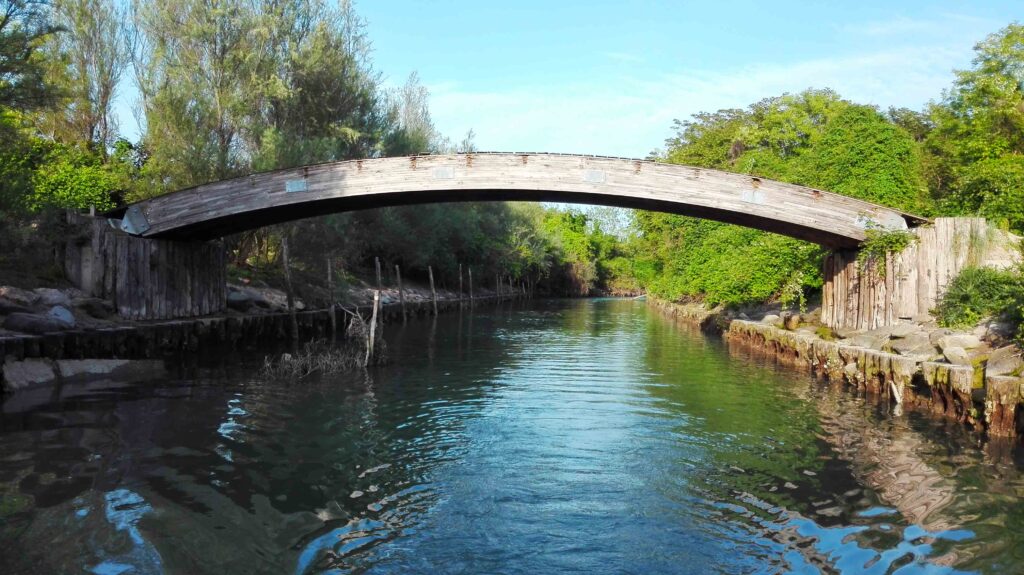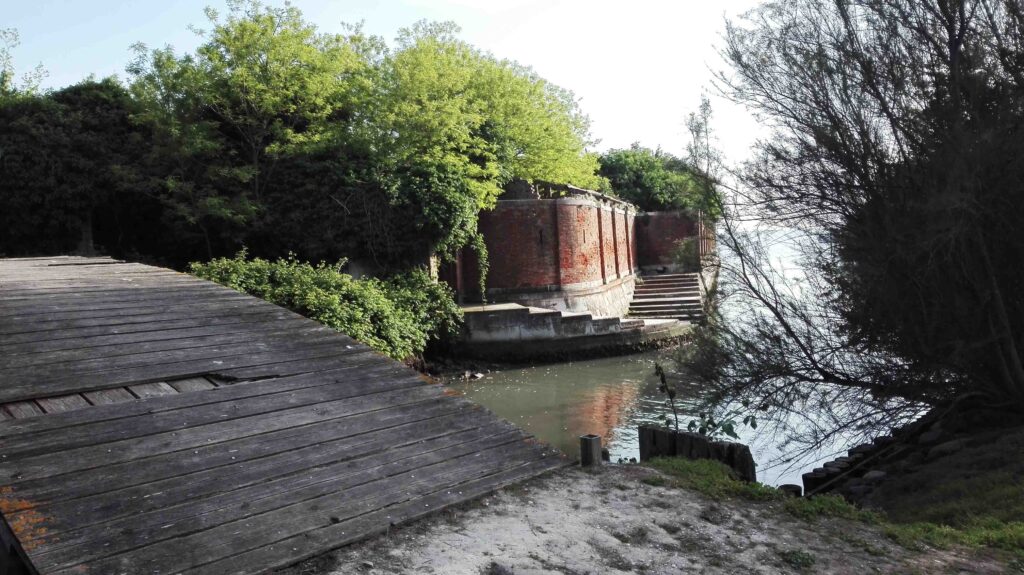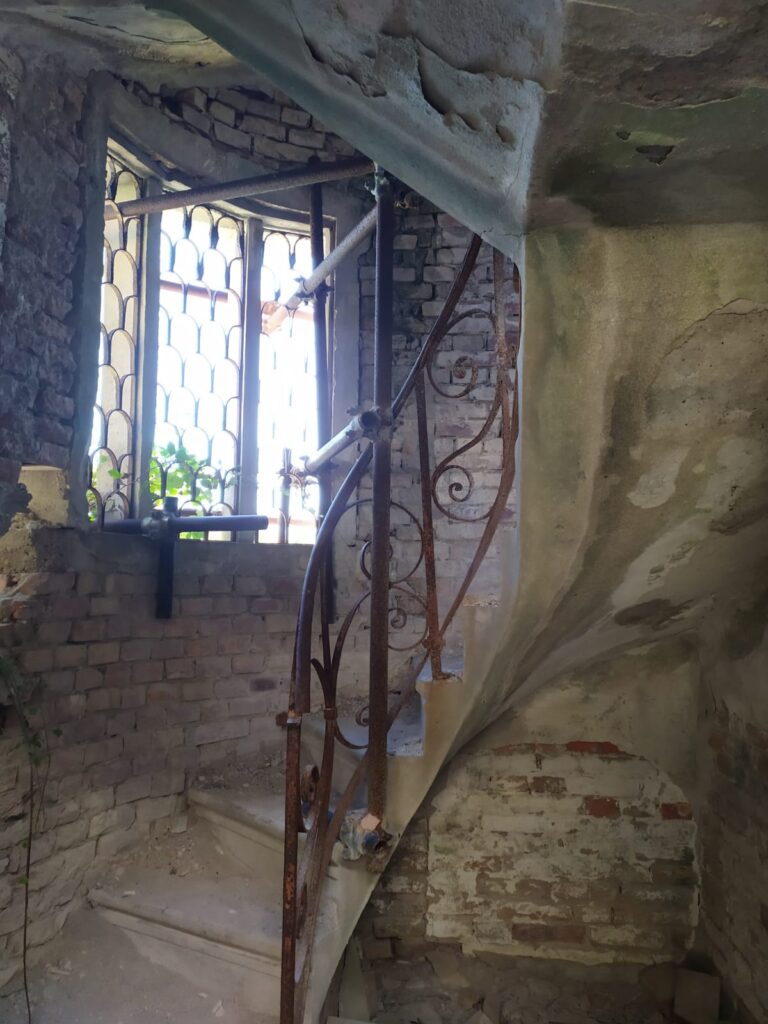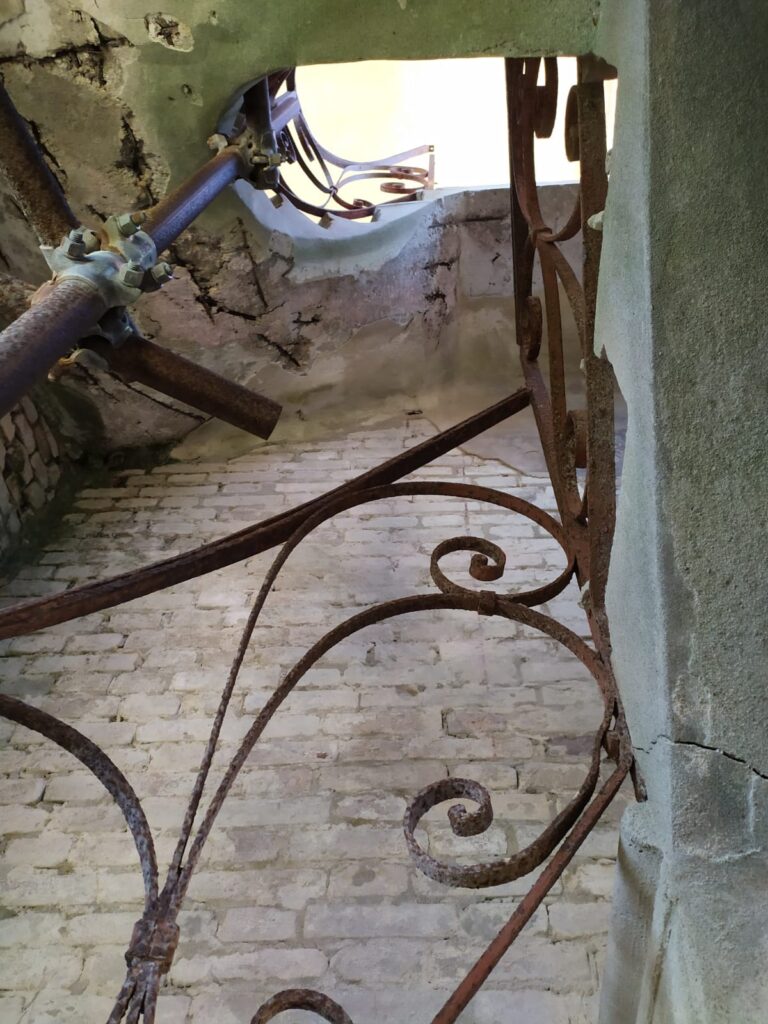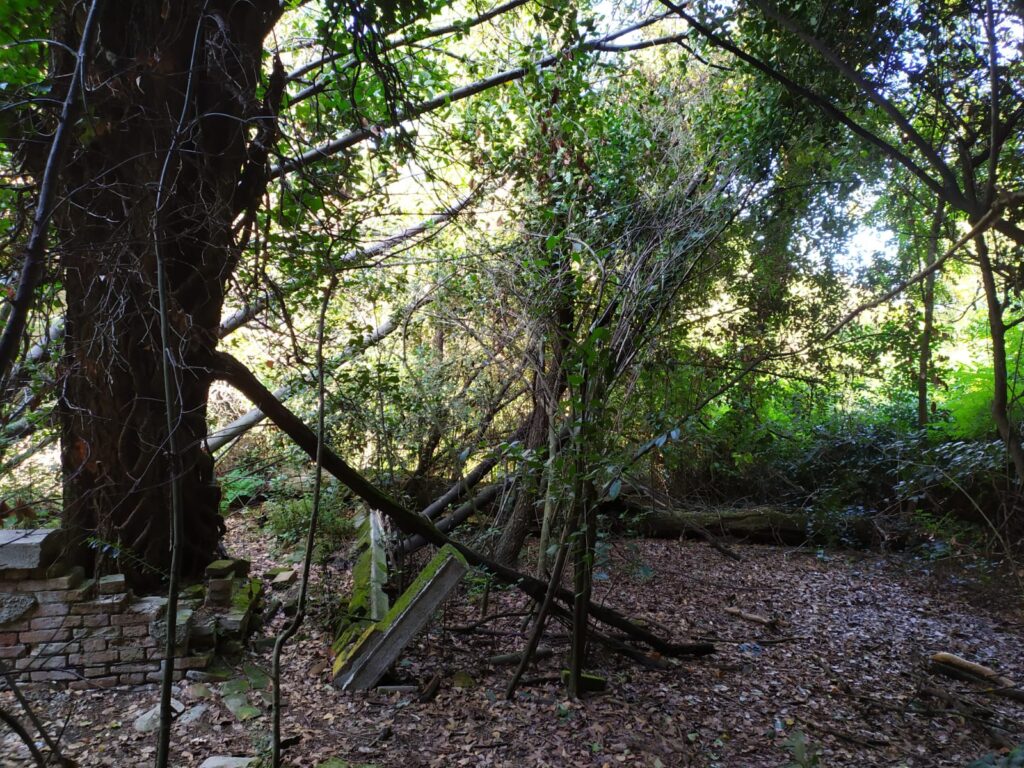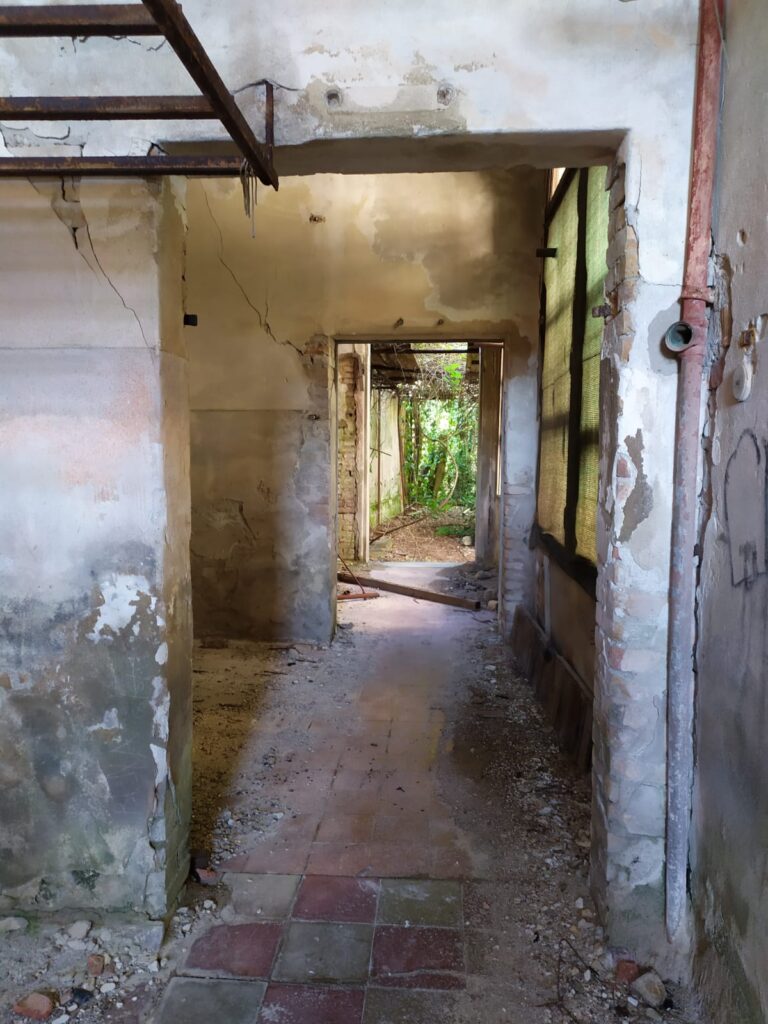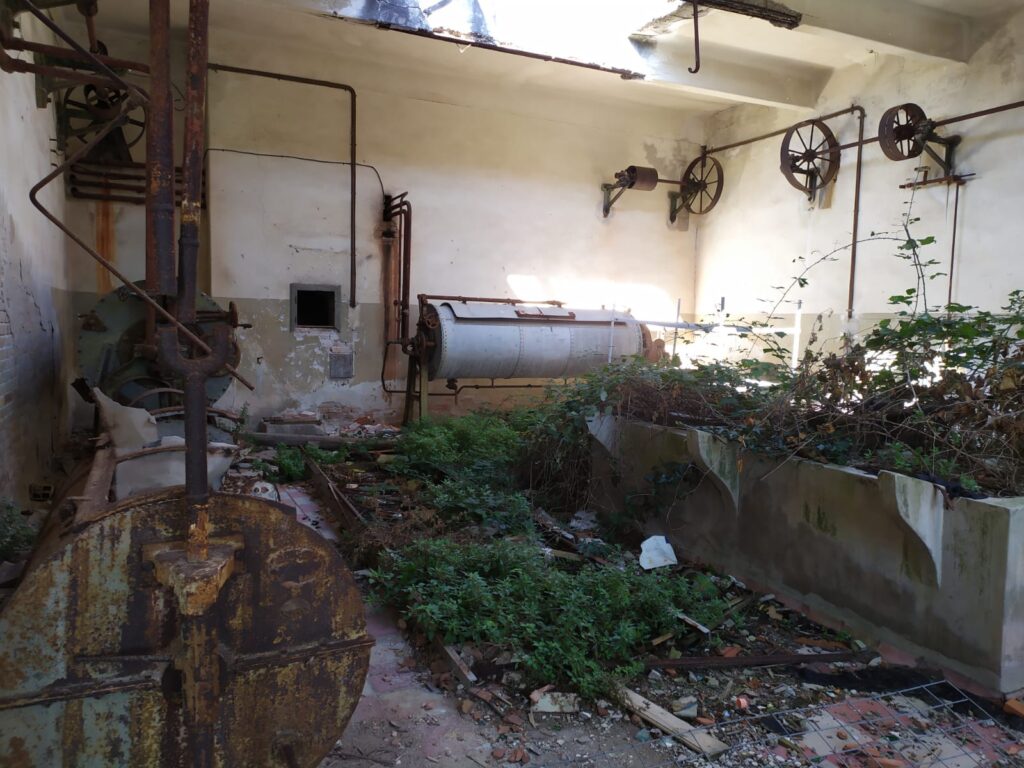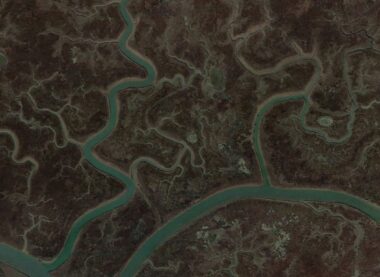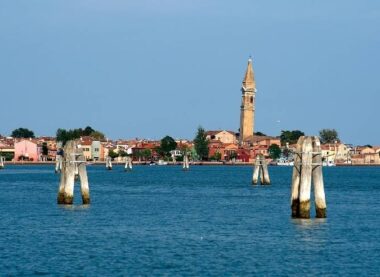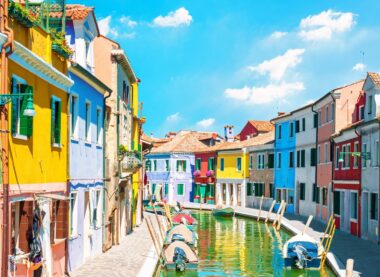
The decline of Poveglia coincided with the War of Chioggia (1378–1381), when its population was evacuated to Venice. Despite the construction of fortifications, the island was occupied by the Genoese admiral Pietro Doria, who used it as a strategic point to destroy the monastery of Santo Spirito. By the end of the conflict, Poveglia was left in ruins, and its population—once numbering in the hundreds—had been reduced to just a few dozen. From that moment on, the island remained almost uninhabited until the 1700s. During the time of the “Black Death“, Poveglia was turned into a lazaretto. As the plague struck Europe, Venice took drastic actions to contain the disease. The Magistrate of Health ordered to take all plague victims back to Poveglia, where they were burned and buried in mass graves. Soon after, the decree was extended to those merely suspected of infection: Poveglia became the island of quarantine, where even those still conscious—or not yet contaminated—were exiled to die, far from the city. Men, women, and children perished in agony, their bodies consumed by disease. The soil of Poveglia shows this suffering, as thousands lie beneath its peaceful vineyards.
A marble plaque discovered on the island’s western coast bears an ominous inscription:
“Ne fodias, vita functi contagio requiescunt – MDCCXCIII”
which translates to “Do not dig—those who died of infection rest here. 1793.”
In 1922, a mental asylum, hospital, and hospice were built on the island. Although the mental hospital was dismantled in 1946, its years of operation were filled with mysterious and disturbing events. Patients claimed to be tormented by the souls of plague victims, and numerous requests for transfers to other institutions were recorded. Perhaps you didn’t know that, according to various sources, Poveglia is said to be the burial site of the famous painter Giorgione, who died in 1510—although some believe that he was actually laid to rest on Lazzaretto Nuovo.
This is the most mysterious story in the Venetian Lagoon.
Would you dare to visit Poveglia at sunset, when even Venetians don’t dare to set foot?
